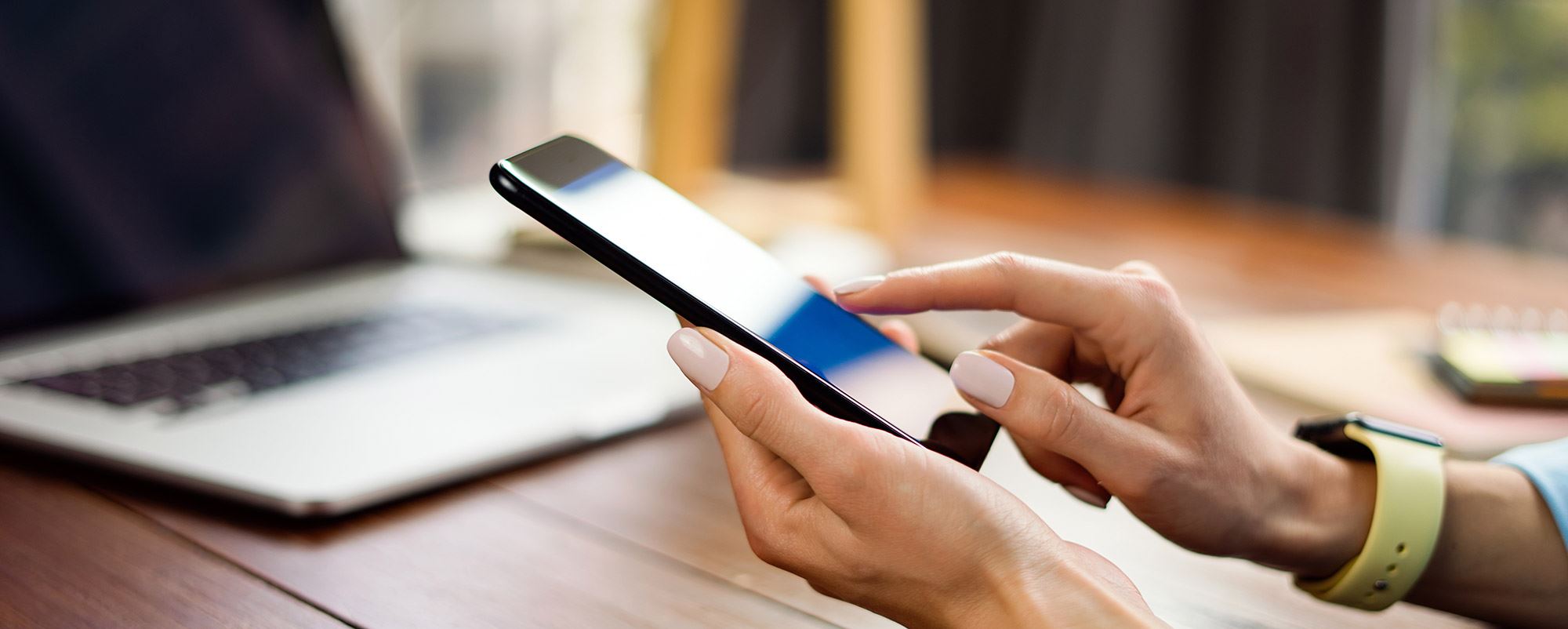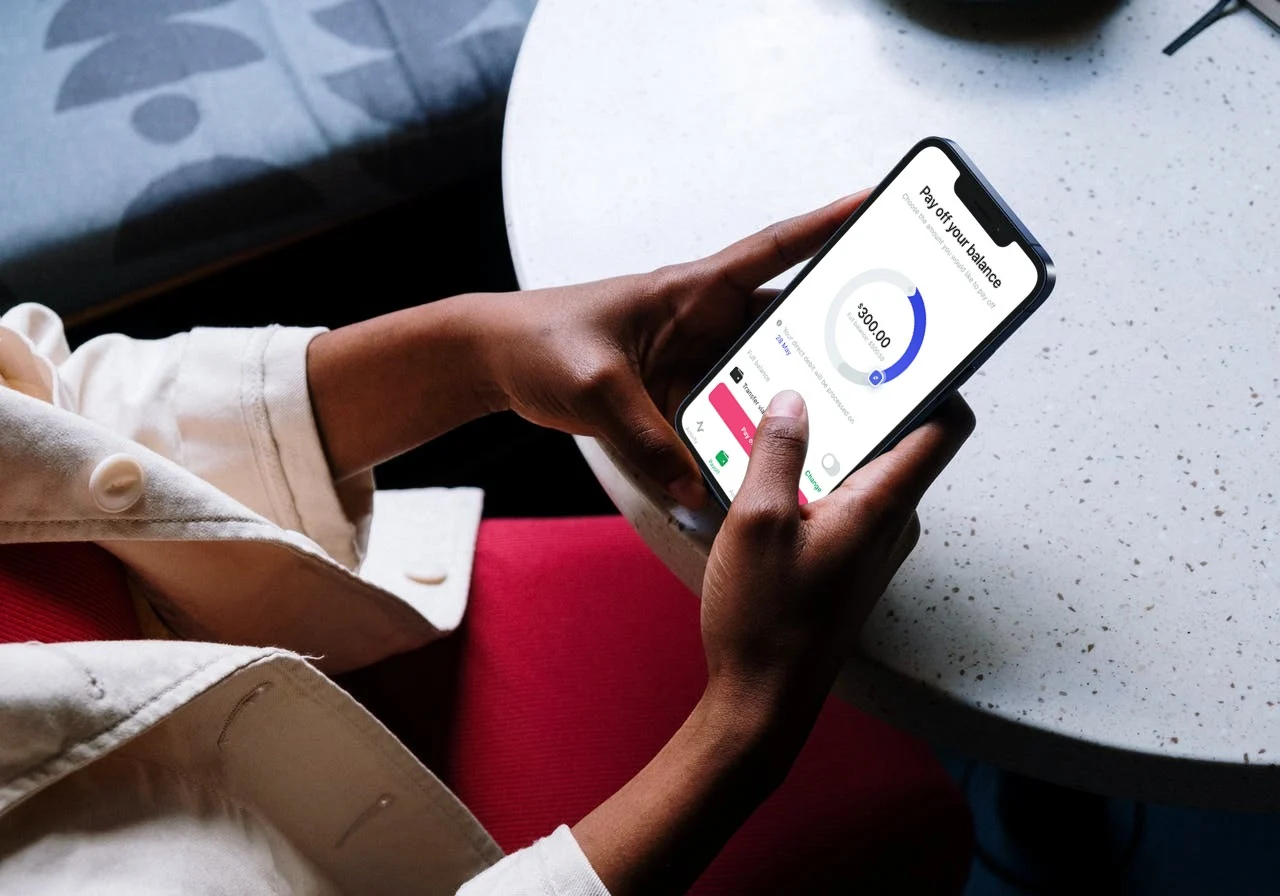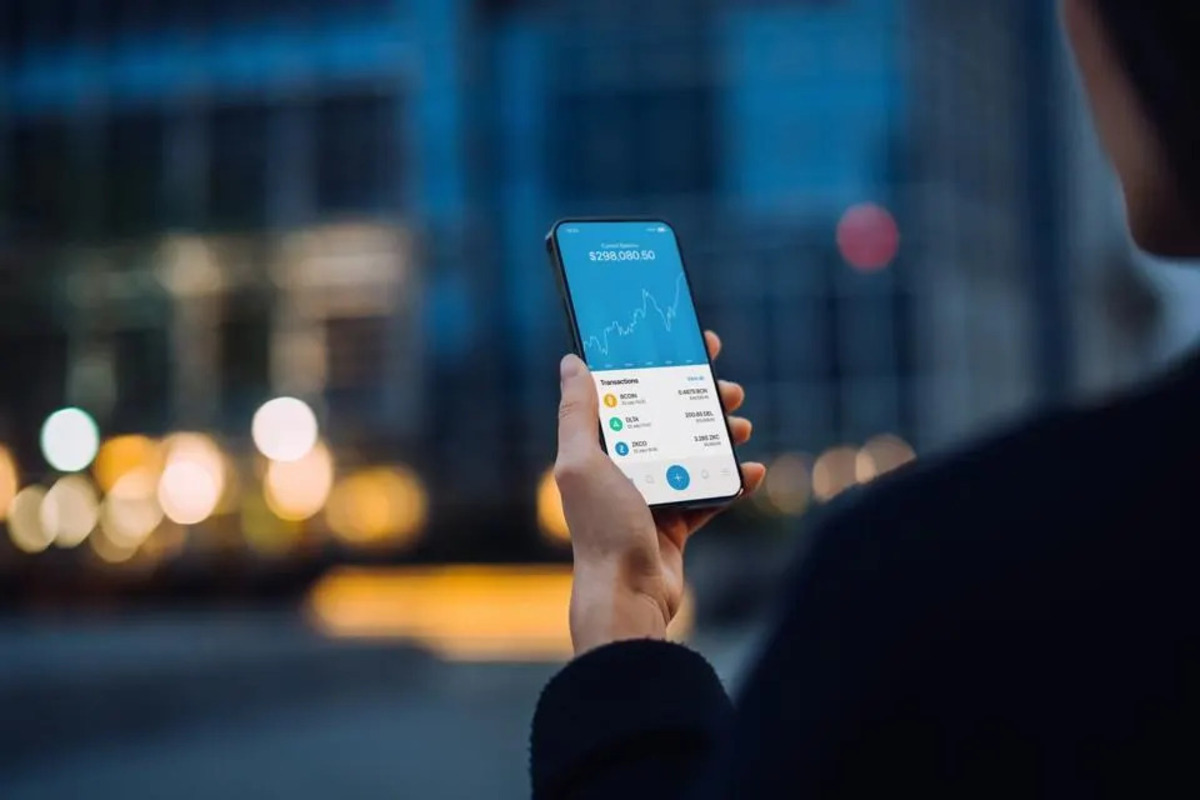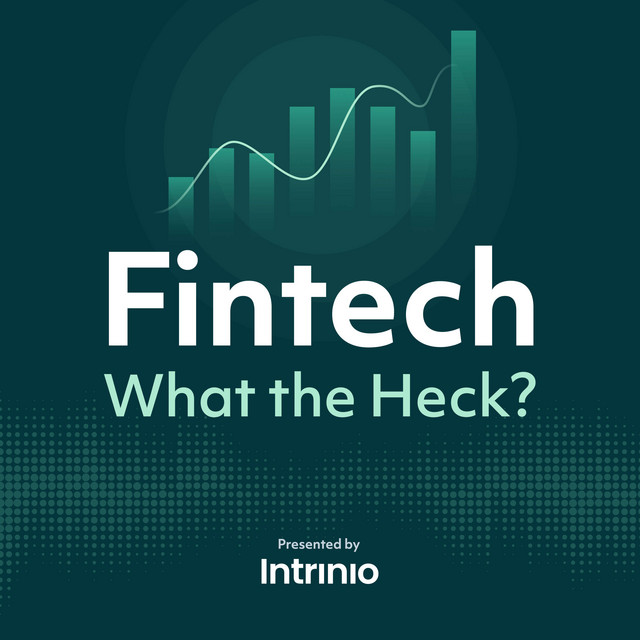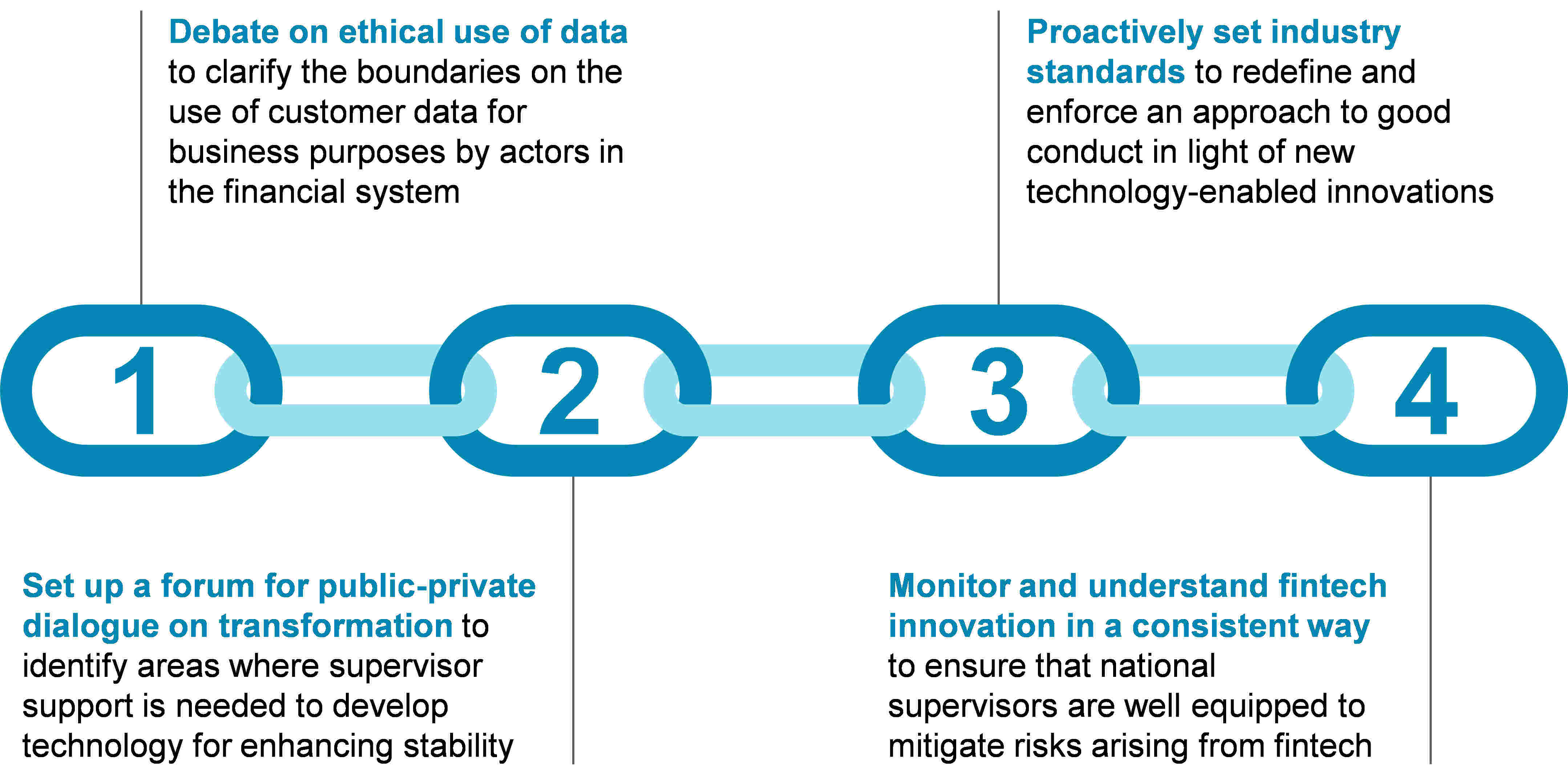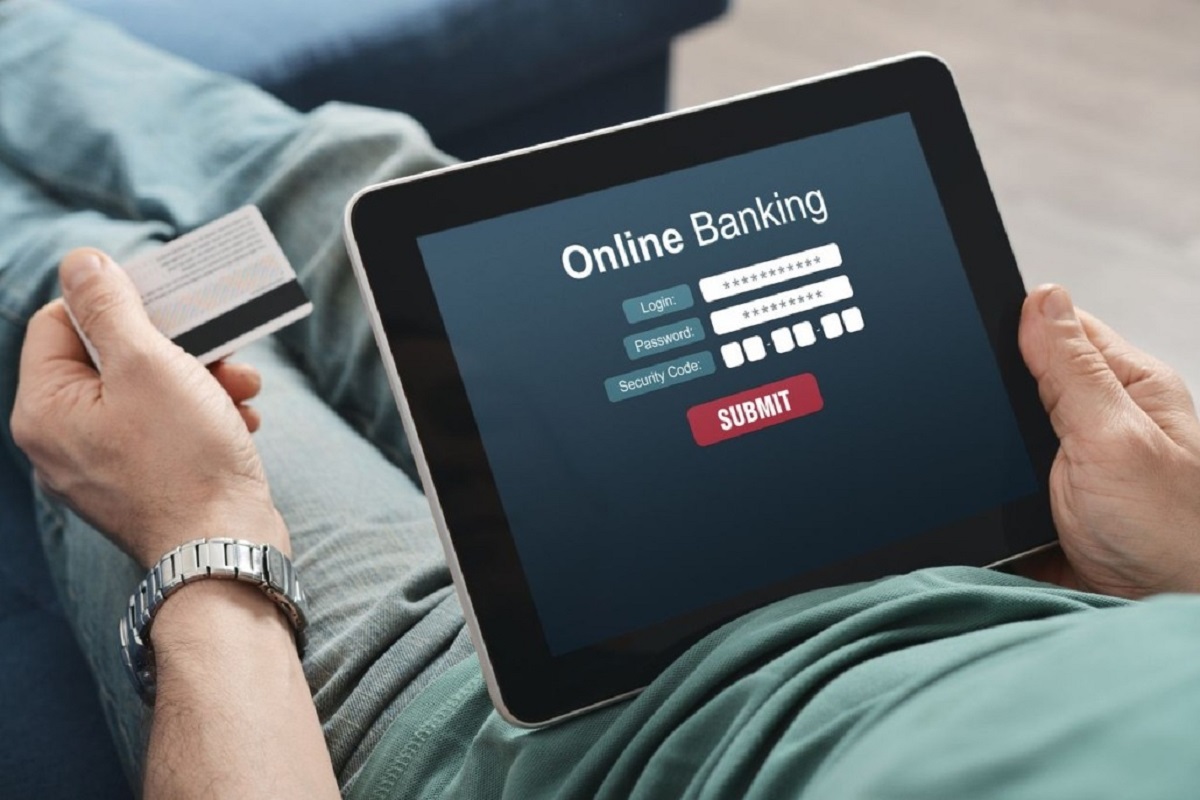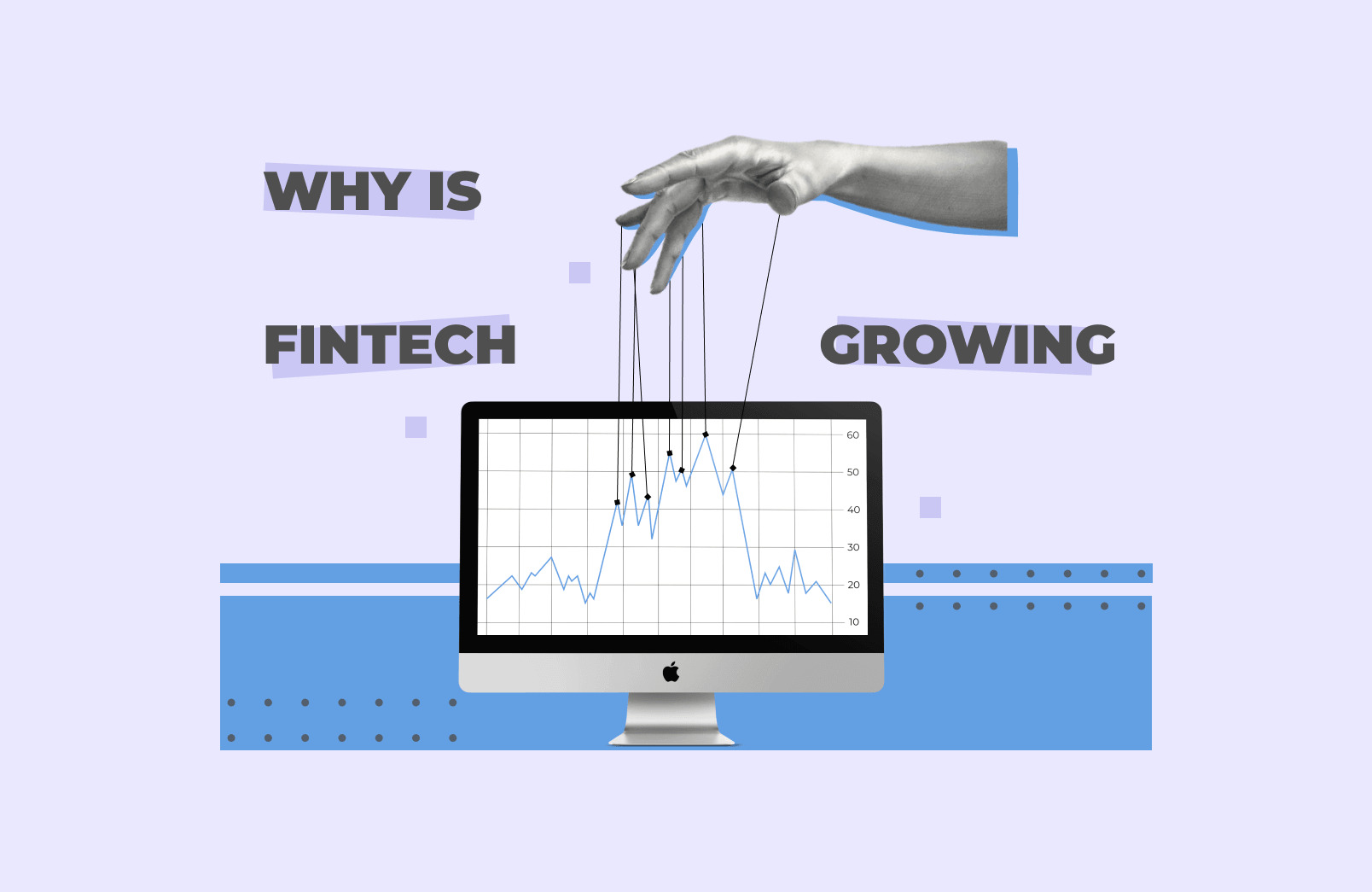Introduction
In today’s digital age, mobile banking has revolutionized the way consumers handle their financial transactions. With the convenience and accessibility offered by mobile banking apps, more and more people are embracing this technology as their preferred method of managing their finances. Whether it’s checking account balances, transferring funds, or paying bills, mobile banking provides a seamless and efficient way to conduct banking activities on the go.
Gone are the days of waiting in long queues at the bank or finding a nearby ATM to withdraw cash. With just a few taps on their smartphones, consumers can effortlessly access a wide range of banking services and perform transactions at their convenience.
In this article, we will explore the various banking activities that most consumers use mobile banking for. From managing their checking account balances to depositing checks and even making peer-to-peer payments, mobile banking offers a plethora of features to meet the diverse needs of users.
So, whether you’re a busy professional, a student, or a retiree, mobile banking provides unparalleled convenience and flexibility, allowing you to take control of your finances anytime, anywhere.
Convenience and Accessibility
One of the primary reasons why consumers are gravitating towards mobile banking is the inherent convenience and accessibility it offers. With just a few taps on their smartphones, users can access their financial accounts anytime, anywhere.
Gone are the days of rushing to the bank during working hours or waiting in long lines to carry out simple banking tasks. Mobile banking eliminates these hassles by providing a seamless and efficient platform that fits into the hectic lifestyles of modern-day individuals.
Whether you’re on a business trip, traveling, or simply relaxing at home, mobile banking ensures that your finances are always within reach. With 24/7 access, you can check your account balances, track your transactions, and monitor your financial health with ease.
In addition, mobile banking eliminates the need for physical paperwork. You no longer have to keep and organize stacks of receipts, statements, and bills. Everything is conveniently stored electronically within the app, allowing you to easily retrieve and reference your financial information whenever needed.
Moreover, mobile banking offers a wide range of features that make banking transactions more efficient and convenient. With features like fingerprint or facial recognition authentication, users can securely access their accounts without the hassle of remembering complex passwords.
Furthermore, the ability to set up personalized alerts and notifications ensures that users stay updated about their account activities, such as incoming deposits, bill due dates, or suspicious transactions. These real-time alerts provide peace of mind and help users stay on top of their financial responsibilities.
In a world where time is of the essence, mobile banking provides the ultimate convenience and accessibility that modern consumers desire. It allows individuals to seamlessly integrate their banking activities into their busy lives, saving them time and effort while ensuring their financial needs are met with ease.
Checking Account Balances
One of the most common banking activities that consumers use mobile banking for is checking their account balances. With mobile banking apps, users can easily and quickly access their account information, including their current balance, recent transactions, and pending payments.
Gone are the days of calling your bank or visiting an ATM just to check your account balance. Mobile banking provides an instantaneous snapshot of your finances right at your fingertips. Whether you need to confirm if a deposit has been made, check if a payment has cleared, or simply monitor your spending, mobile banking makes it incredibly convenient to stay on top of your account balances.
Another great feature offered by mobile banking apps is the ability to view account history. Users can review past transactions, categorize their expenses, and even generate spending reports for budgeting purposes. This level of insight allows individuals to gain a clear understanding of their financial habits and make informed decisions about their spending.
Mobile banking also enables users to set up balance alerts. These alerts can be customized to notify users when their account balance falls below a certain threshold or when a large transaction is made. This provides an added layer of security and helps users stay aware of their financial situation in real-time.
With mobile banking, checking account balances has never been easier or more convenient. Whether you’re on the go, at work, or sitting at home, you can simply open your banking app and have an instant overview of your financial health. This accessibility and transparency empower users to stay in control of their finances and make informed decisions about their money.
Transferring Funds
Mobile banking has made transferring funds between accounts a breeze. Whether you need to send money to a friend, family member, or your own account at another bank, mobile banking provides a convenient and secure platform to initiate and manage these transactions.
With just a few taps, users can transfer funds between their own accounts within the same bank. This is particularly useful for individuals who have multiple accounts, such as checking, savings, or credit card accounts. Instead of visiting a physical branch or ATM, users can simply transfer funds electronically, saving time and effort.
In addition, mobile banking apps often offer the option to transfer money to external accounts. This allows users to move funds to accounts held at different financial institutions. Whether it’s paying bills, making mortgage payments, or transferring money to a brokerage account, mobile banking makes it convenient to handle these financial transactions without the need for physical checks or paper-based transfers.
Mobile banking also empowers users to make peer-to-peer (P2P) payments. Whether you owe a friend for dinner, need to split expenses, or are collecting money for a joint gift, mobile banking apps often offer P2P payment features that allow seamless and secure money transfers between individuals. Gone are the days of having to withdraw cash or write checks for these types of payments.
Another great feature offered by mobile banking is the ability to schedule recurring transfers. This is particularly useful for individuals who need to make regular payments or transfers, such as monthly rent, loan repayments, or savings contributions. Setting up automatic transfers ensures that these transactions are executed on time without the need for manual intervention.
Overall, mobile banking provides a convenient and efficient solution for transferring funds. Whether it’s transferring money between your own accounts, sending money to external accounts, or making P2P payments, mobile banking streamlines the process and eliminates the need for physical checks, cash, or time-consuming visits to the bank.
Bill Payment
Mobile banking has revolutionized the way consumers manage their bill payments. With the ability to pay bills directly from their smartphones, users can conveniently and securely handle their financial obligations without the need for writing checks or mailing payments.
Mobile banking apps typically offer a bill payment feature that allows users to add and manage their payees. Once the payee is added, users can easily schedule one-time or recurring payments for bills such as utilities, rent, credit card bills, and more. This eliminates the need to remember due dates or manually make payments each month, providing peace of mind and ensuring timely bill payments.
Users can also view their bill payment history within the mobile banking app, allowing them to track and manage their financial obligations effectively. This helps individuals keep an accurate record of their payments and monitor their spending patterns.
Mobile banking apps often provide bill payment reminders and alerts, notifying users when a bill is due or when a payment has been processed. This ensures that users stay on top of their financial responsibilities and avoid late payment fees or penalties.
In addition to traditional bill payments, some mobile banking apps also offer the option to make person-to-person (P2P) payments to individuals or organizations. This feature is particularly useful for splitting bills with friends or family members, making charitable donations, or reimbursing someone for a shared expense.
By offering a convenient and secure platform for bill payments, mobile banking eliminates the need for physical checks, postage, and trips to the post office. It streamlines the bill payment process, saves time and effort, and provides users with greater control over their financial obligations.
Mobile Deposits
One of the most convenient features offered by mobile banking is the ability to deposit checks using a smartphone or tablet, commonly known as mobile deposits. This feature eliminates the need for physically going to a bank branch or ATM to deposit checks, saving users time and effort.
Mobile deposit works by using the camera on a smartphone or tablet to capture an image of the front and back of the check. The user then submits the images through the mobile banking app, and the check is digitally deposited into their account. This process is quick, efficient, and secure.
Mobile deposits have become increasingly popular as they provide a convenient solution for individuals who receive checks regularly, such as for salary payments, rent, or refunds. Instead of having to visit a bank during business hours or wait in line at an ATM, users can deposit checks at their convenience, even outside of traditional banking hours.
Most mobile banking apps have built-in features to ensure the security of mobile deposits. These include encryption to protect users’ sensitive information and algorithms to detect fraudulent activities. If a check is deemed suspicious, additional verification steps may be required before the deposit is approved.
Furthermore, mobile deposits offer users the ability to view their deposit history within the app. This allows users to keep track of their deposits and reconcile their accounts without the need for manual record-keeping.
It’s important to note that there may be limits on the amount and frequency of mobile deposits, which can vary depending on the financial institution and the user’s account status. Users should familiarize themselves with these limits to ensure a smooth mobile deposit experience.
Overall, mobile deposits provide a convenient and efficient way to deposit checks without the need for visiting a physical bank location. This feature has transformed the way individuals handle their banking transactions, simplifying and streamlining the deposit process for added convenience and time savings.
ATM and Branch Locator
Mobile banking apps often provide a valuable feature known as an ATM and branch locator. This feature allows users to quickly and easily find nearby ATMs and bank branches, ensuring they have convenient access to their financial services wherever they may be.
With just a few taps on their smartphones, users can search for the nearest ATM or branch based on their current location or a specific address. This eliminates the need for manually searching or asking for directions, saving users time and effort.
The ATM and branch locator feature provides users with important information such as the distance, address, and even operating hours of nearby ATMs and branches. This allows users to plan their visits and ensure they can access their banking services during the available hours of operation.
Beyond just finding the closest ATMs and branches, some mobile banking apps also offer additional features within the locator. For example, users may be able to filter their search results based on services available at each ATM or branch, such as cash withdrawal limits, deposit capabilities, or bilingual support. This helps users further customize their banking experience and find the most suitable locations for their specific needs.
Additionally, the ATM and branch locator feature may also provide directions and navigation options to guide users to their desired destination. Whether by foot, car, or public transportation, users can rely on their mobile banking app to help them reach their chosen ATM or branch with ease.
Having access to an ATM and branch locator through mobile banking apps is especially useful when users are traveling or in unfamiliar areas. It ensures that users can easily find and utilize their banking services, whether they need to withdraw cash, make a deposit, or seek assistance from a bank representative.
Overall, the ATM and branch locator feature in mobile banking apps enhances the accessibility and convenience of banking services. By providing users with detailed information and navigation features, it ensures that users can locate and utilize their desired banking services in a hassle-free manner.
P2P Payments
Peer-to-peer (P2P) payments have become increasingly popular in recent years, and mobile banking is at the forefront of enabling these types of transactions. P2P payments allow users to send and receive money directly to and from individuals or organizations using their mobile banking apps.
Mobile banking apps typically offer a seamless and secure P2P payment feature that eliminates the need for cash or checks. Whether you need to split a bill with friends, pay a family member, or make a quick payment to a service provider, P2P payments offer a convenient solution.
One of the advantages of P2P payments through mobile banking is the speed at which transactions can be completed. With just a few taps, users can initiate a payment and have the funds transferred instantly to the recipient’s account, reducing the hassle and delay associated with traditional payment methods.
Mobile banking also provides users with the convenience of managing their P2P payments within the same app that they use for other banking activities. This means that users can easily track their payment history, view pending payments, and maintain a clear record of their transactions, all in one place.
Security is a critical aspect of P2P payments, and mobile banking apps prioritize protecting users’ financial information. These apps often employ encryption and authentication measures to ensure the safety and privacy of transactions. Additionally, users may have the option to set up additional security measures, such as biometric authentication or unique PIN codes, to provide an extra layer of protection.
Moreover, mobile banking apps typically make it easy for users to easily find and add P2P payment recipients. Users can search for contacts in their phone’s address book or even use email addresses or phone numbers to send payments to individuals who may not be in their immediate contact list.
P2P payments through mobile banking have transformed the way individuals handle financial transactions with friends, family, or businesses. With the ease and convenience of mobile apps, users can effortlessly initiate payments, reduce the need for cash or checks, and simplify the process of settling financial obligations with others.
Card Management and Settings
Mobile banking apps provide users with robust features for managing their debit and credit cards. With the card management and settings feature, users have the ability to control various aspects of their cards, enhancing convenience, security, and financial management.
One of the key features of card management is the ability to view and monitor card activity in real-time. Users can track their transactions, view their transaction history, and identify any unauthorized or suspicious activity promptly. This ensures that users can quickly detect and report any fraudulent transactions, providing them with peace of mind and protection against potential financial loss.
Mobile banking apps also offer users the flexibility to set spending limits or restrictions on their cards. This feature allows users to manage their budget effectively and control their spending. For example, users may set a daily or monthly spending limit, restrict certain types of transactions, or even enable or disable international use of their cards, providing a greater sense of control over their finances.
Additionally, users can easily manage their card settings, such as activating or deactivating their cards, requesting replacement cards, or updating their personal information associated with the cards. This saves users the hassle of having to contact customer support or visit a physical branch for routine card-related tasks.
Another valuable feature offered by card management and settings is the option to easily report lost or stolen cards. Users can quickly notify their bank through the mobile banking app, ensuring that appropriate measures, such as blocking the card and issuing a replacement, are promptly taken to prevent unauthorized use.
Mobile banking apps also provide users with the ability to conveniently make changes to their card PIN numbers or reset their PINs in case they forget them. This removes the need to visit an ATM or contact customer support, making the process more efficient and ensuring users have immediate access to their cards.
Overall, card management and settings features in mobile banking apps empower users to have greater control over their cards, enhance their security, and simplify their financial management. By offering real-time transaction monitoring, spending limit controls, card activation, and other card-related functionalities, mobile banking apps streamline the management of debit and credit cards, making banking activities more convenient and secure.
Fraud Alerts and Notifications
Fraud is a prevalent concern in the financial landscape, but mobile banking apps are equipped with robust fraud alerts and notification systems to help users protect their accounts and detect any suspicious activity.
Mobile banking apps continually monitor account transactions and employ sophisticated algorithms to identify potential fraudulent activities. If any suspicious transactions are detected, the app will send an immediate fraud alert to the user via push notifications, email, or SMS. This prompt notification allows users to take immediate action and report any unauthorized activity to their financial institution.
The fraud alert system acts as an extra layer of security, notifying users when unusual or out-of-pattern transactions occur. This early warning system significantly reduces the risk of financial loss and enables quick intervention to prevent further fraudulent activity on the account.
In addition to fraud alerts, mobile banking apps often offer customizable account notifications. Users can set up automatic alerts for various account activities, such as large deposits or withdrawals, low balance warnings, or failed transaction attempts. These notifications provide users with real-time updates about their account, helping them stay informed and maintain control over their finances.
The ability to customize notifications also allows users to closely monitor their account and promptly address any potential issues or errors. For example, if a utility bill payment fails, the user can receive an immediate notification, enabling them to rectify the situation and avoid late payment fees.
Mobile banking apps may also offer additional security measures such as two-factor authentication, where users receive a notification on their mobile device to verify their identity during certain transactions or login attempts. This extra layer of security helps prevent unauthorized access to accounts and adds an additional level of protection against fraud.
The combination of fraud alerts and customizable account notifications offered by mobile banking apps gives users enhanced control over their financial well-being. By promptly alerting users of suspicious activity and providing real-time updates and insights into their account, mobile banking apps empower users to proactively safeguard their finances and minimize the risks associated with fraud.
Personal Financial Management Tools
Mobile banking apps go beyond simple account management and transactions by providing users with personal financial management tools. These tools offer a comprehensive view of users’ financial health, empowering them to make informed decisions and effectively manage their money.
One of the key features of personal financial management tools is the ability to categorize and analyze expenses. Users can easily categorize their transactions, such as groceries, entertainment, or transportation. This allows them to track their spending habits and identify areas where they can make adjustments to better align with their financial goals.
With the help of data visualization tools, users can view their expenses and income in a clear and concise manner, often represented through charts, graphs, or visual representations. This visual representation provides a quick overview of their financial situation, making it easier to identify trends, patterns, and areas for improvement.
Personal financial management tools also often include budgeting features. Users can set monthly or weekly budgets for various spending categories and receive notifications or alerts when they approach or exceed these limits. This helps users stay on track with their financial goals and avoid overspending.
Furthermore, mobile banking apps may offer goal-setting features. Users can define their financial objectives, such as saving for a vacation, a down payment on a house, or a retirement fund. These tools provide insights into the progress made towards these goals and offer recommendations on how to achieve them more efficiently.
Personal financial management tools also enable users to track their net worth. By integrating with various financial accounts, such as banking, investments, and loans, users can see a holistic view of their overall financial position and monitor changes over time.
Additionally, mobile banking apps may provide users with personalized financial insights and recommendations. Based on spending patterns, transaction history, and account balances, these insights offer valuable guidance on optimizing spending, managing debt, or saving more effectively.
By offering personal financial management tools, mobile banking apps empower users to take control of their finances and make informed decisions. The ability to categorize expenses, visualize financial data, set budgets, track goals, and receive personalized insights helps users gain a deeper understanding of their financial well-being and take steps towards achieving their desired financial stability.
Conclusion
Mobile banking has revolutionized the way consumers manage their finances by providing a wide range of features and functionalities that enhance convenience, accessibility, and security. Whether it is checking account balances, transferring funds, paying bills, depositing checks, or managing card settings, mobile banking apps have become an indispensable tool for individuals seeking to take control of their financial lives.
The convenience and accessibility offered by mobile banking allow users to access their accounts anytime, anywhere, eliminating the need for physical branch visits or phone calls to customer support. With real-time updates and notifications, users can stay informed about their financial activities, ensuring they are always in control of their finances.
Moreover, mobile banking apps offer a high level of security, incorporating features like biometric authentication, fraud alerts, and encryption to safeguard users’ financial information. This provides users with peace of mind in an increasingly digital world.
Mobile banking apps also provide personal financial management tools that allow users to track their spending, set budgets, and analyze their financial health. The ability to visualize expenses, monitor saving goals, and receive personalized recommendations empowers users to make informed decisions and achieve their financial objectives.
In conclusion, mobile banking offers a seamless and efficient way for consumers to manage their finances. With the diverse array of features such as checking account balances, transferring funds, paying bills, depositing checks, managing card settings, and accessing personal financial management tools, mobile banking apps have become an essential tool for modern-day individuals seeking convenience, accessibility, and security in their financial transactions. Embracing mobile banking enables users to take control of their finances with ease, empowering them to stay connected and make informed decisions about their financial well-being.







